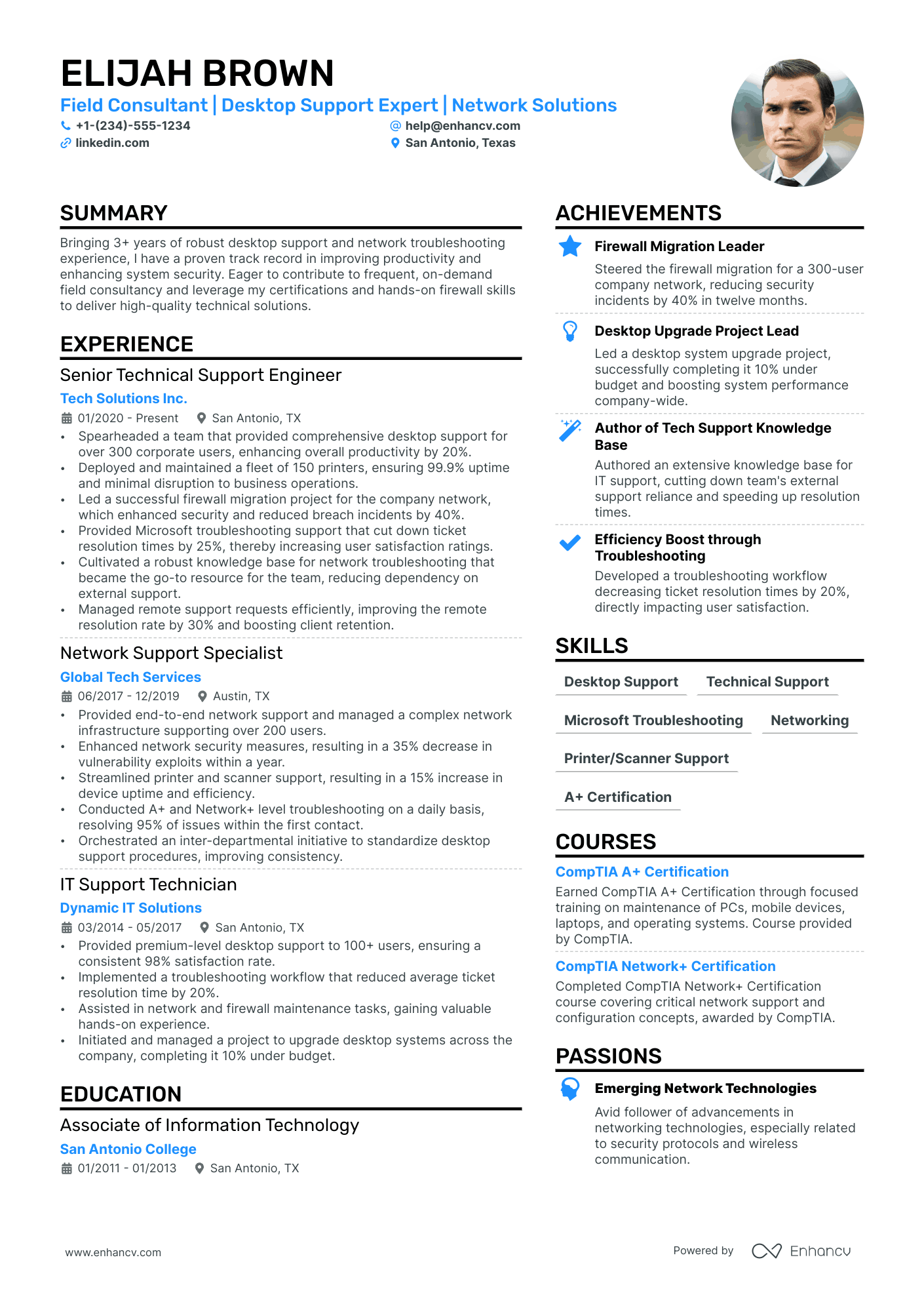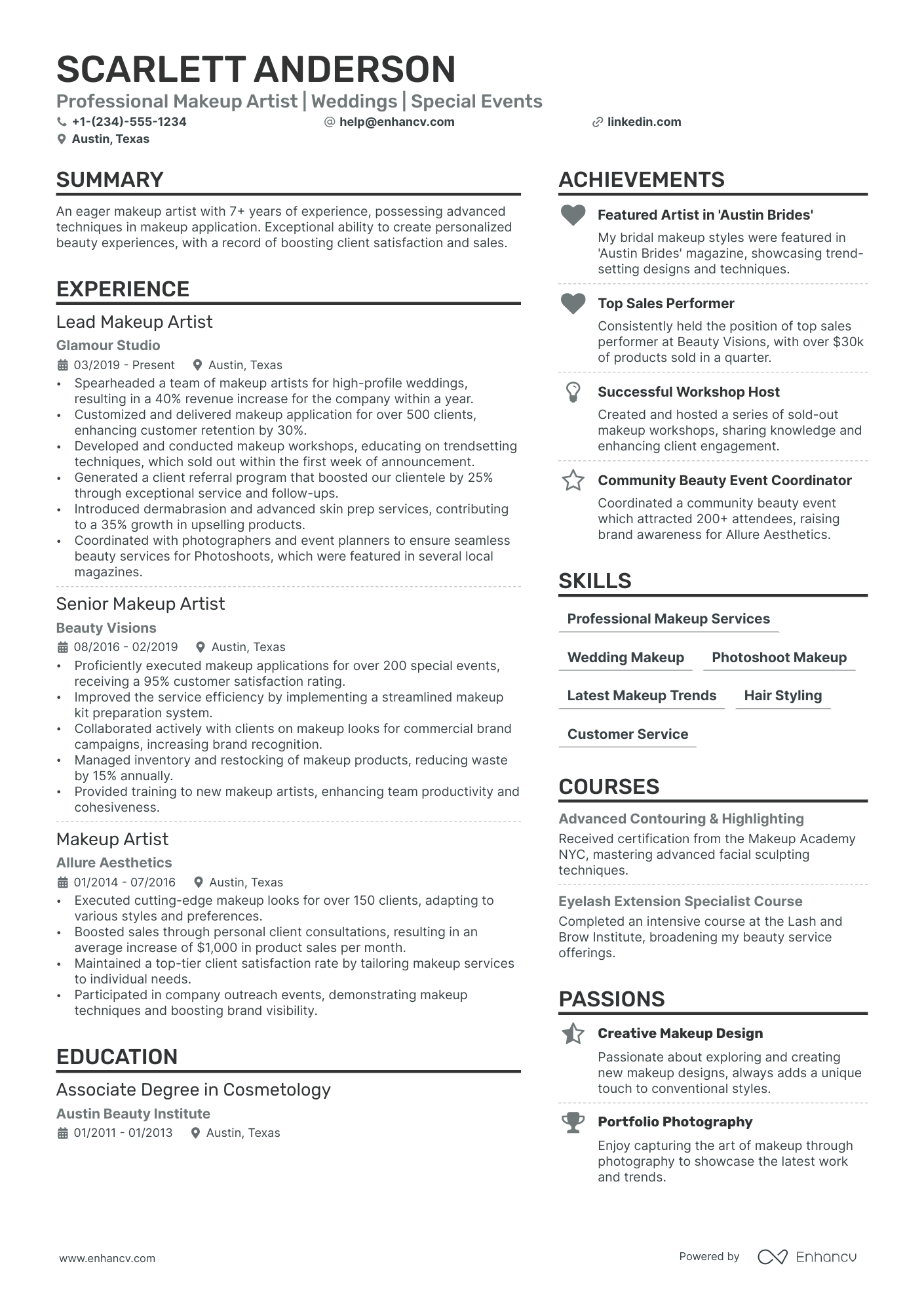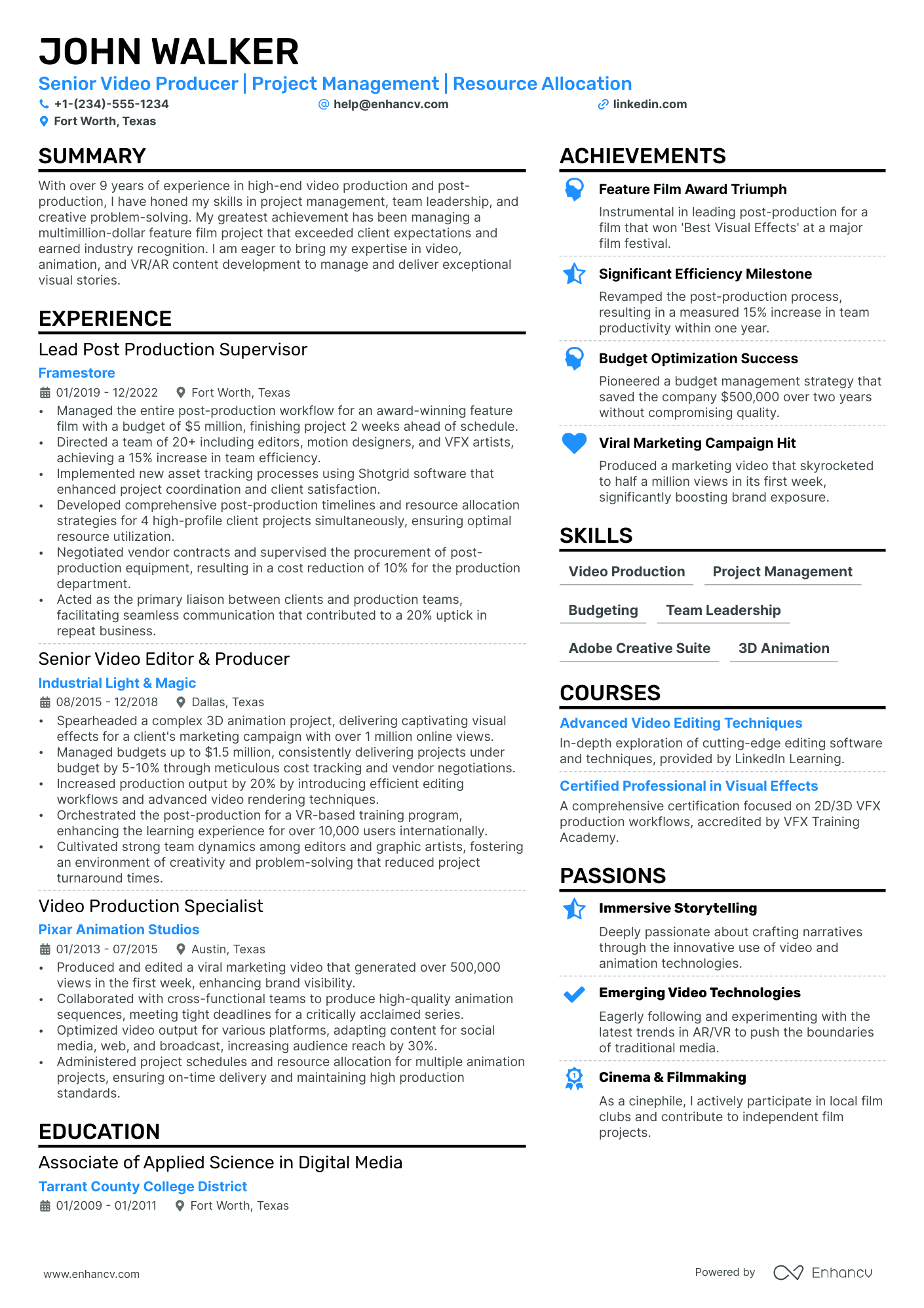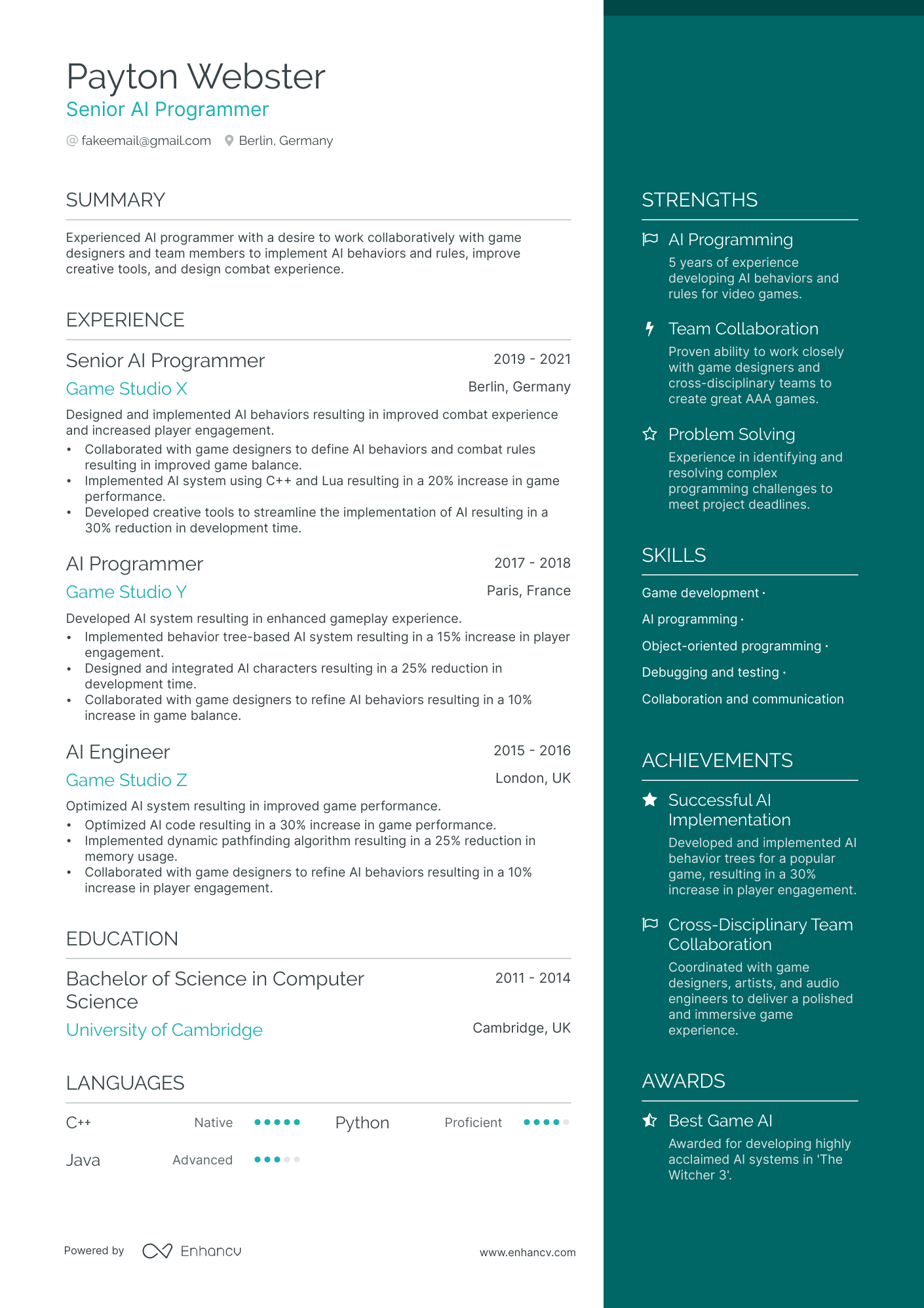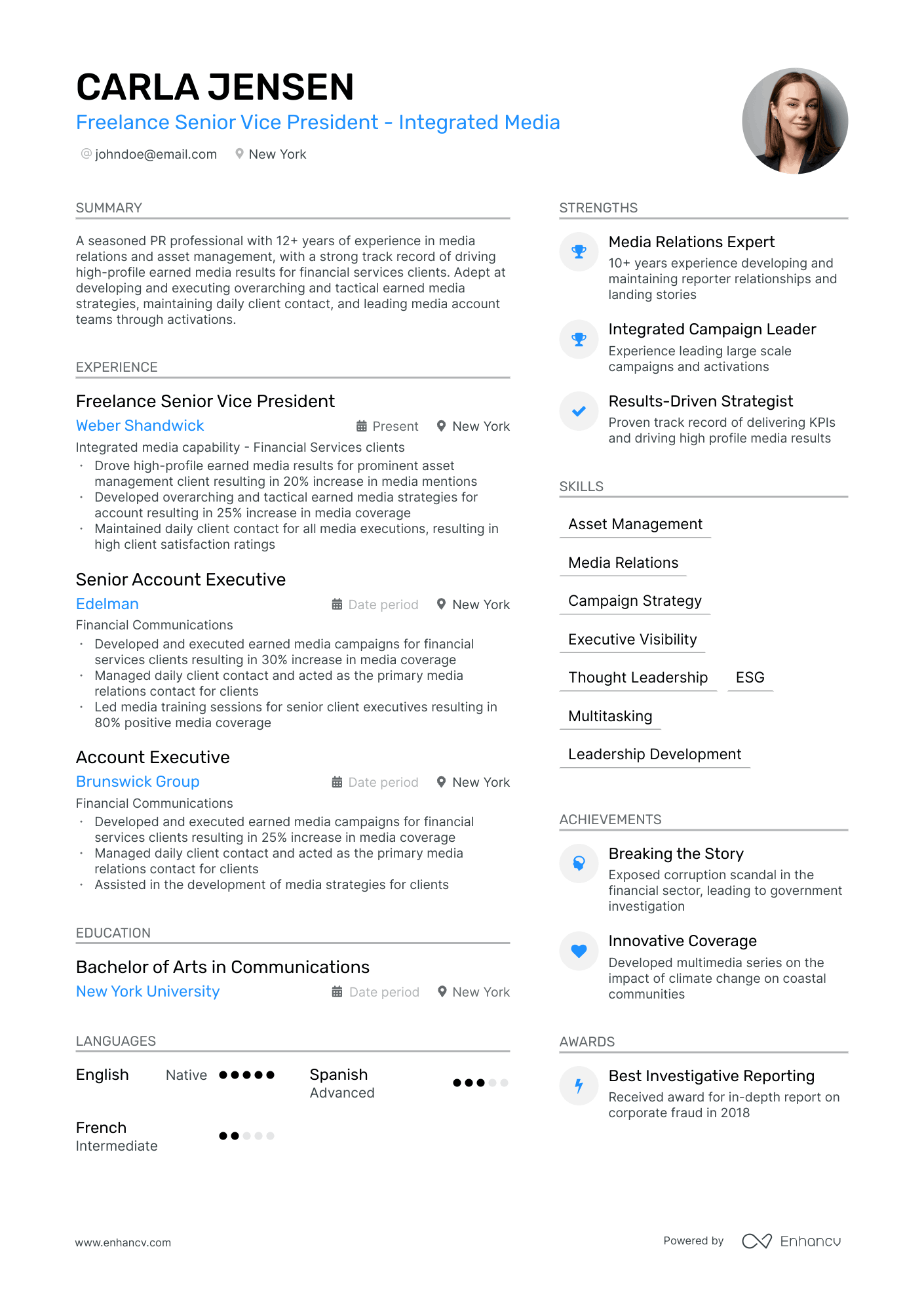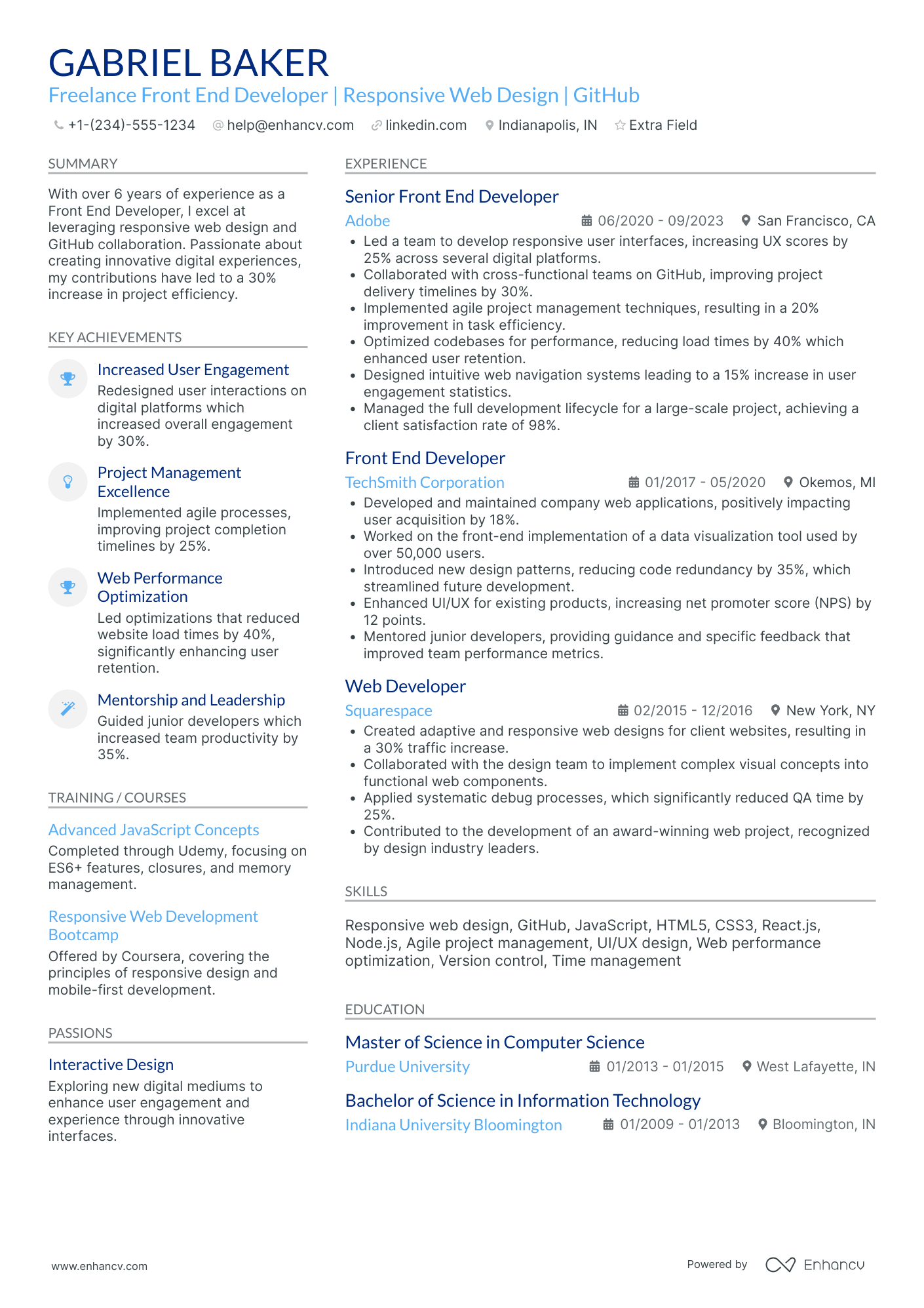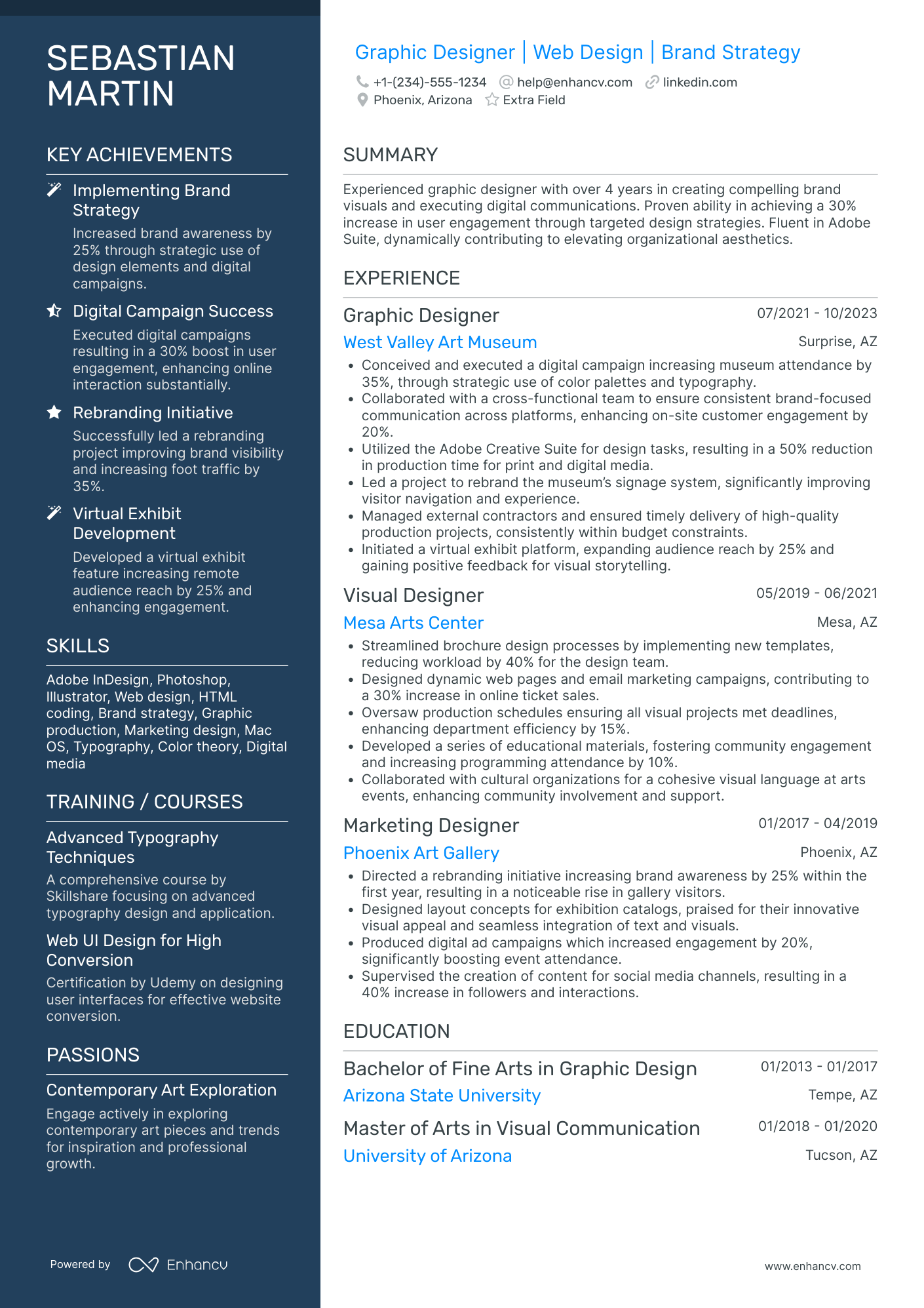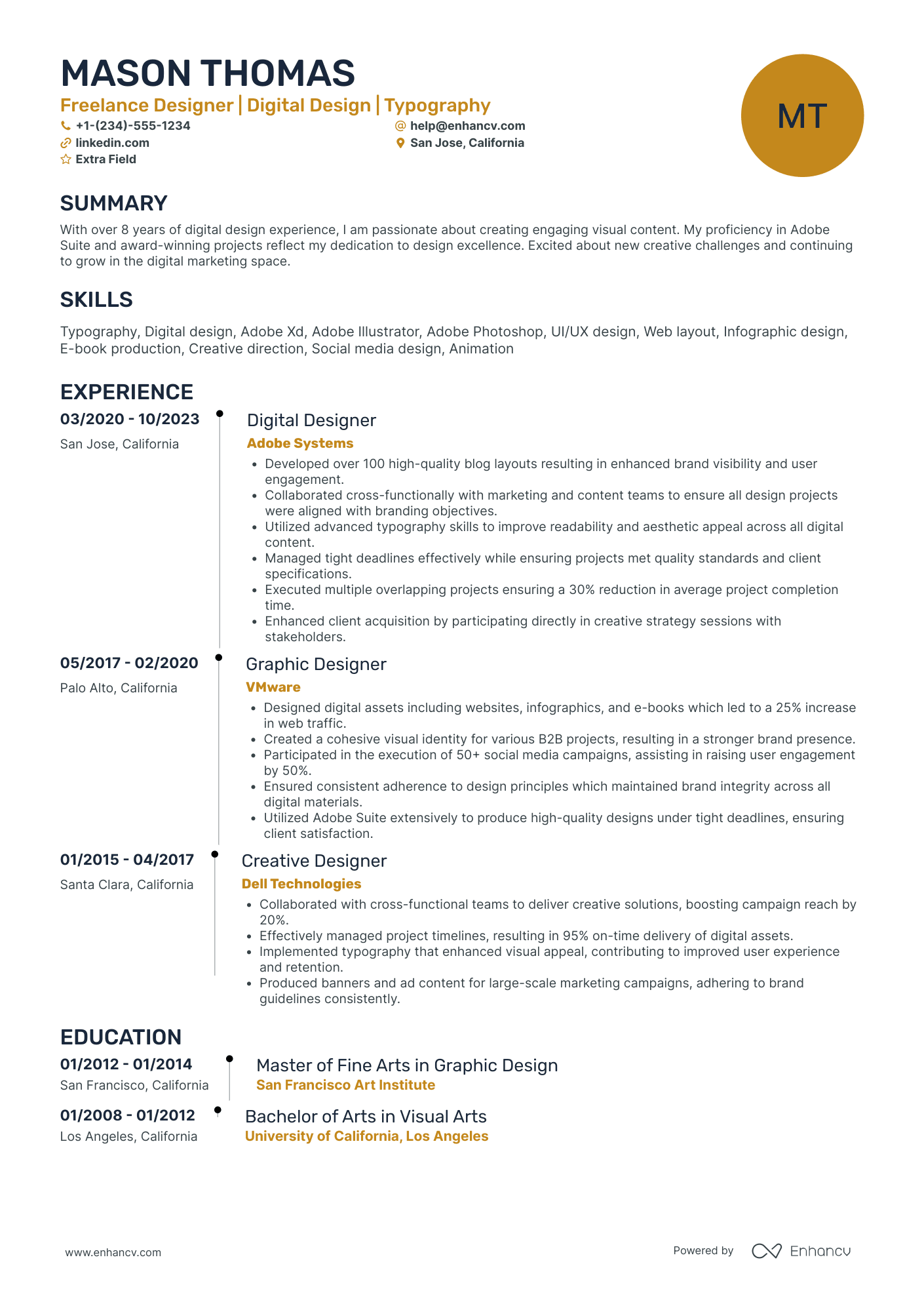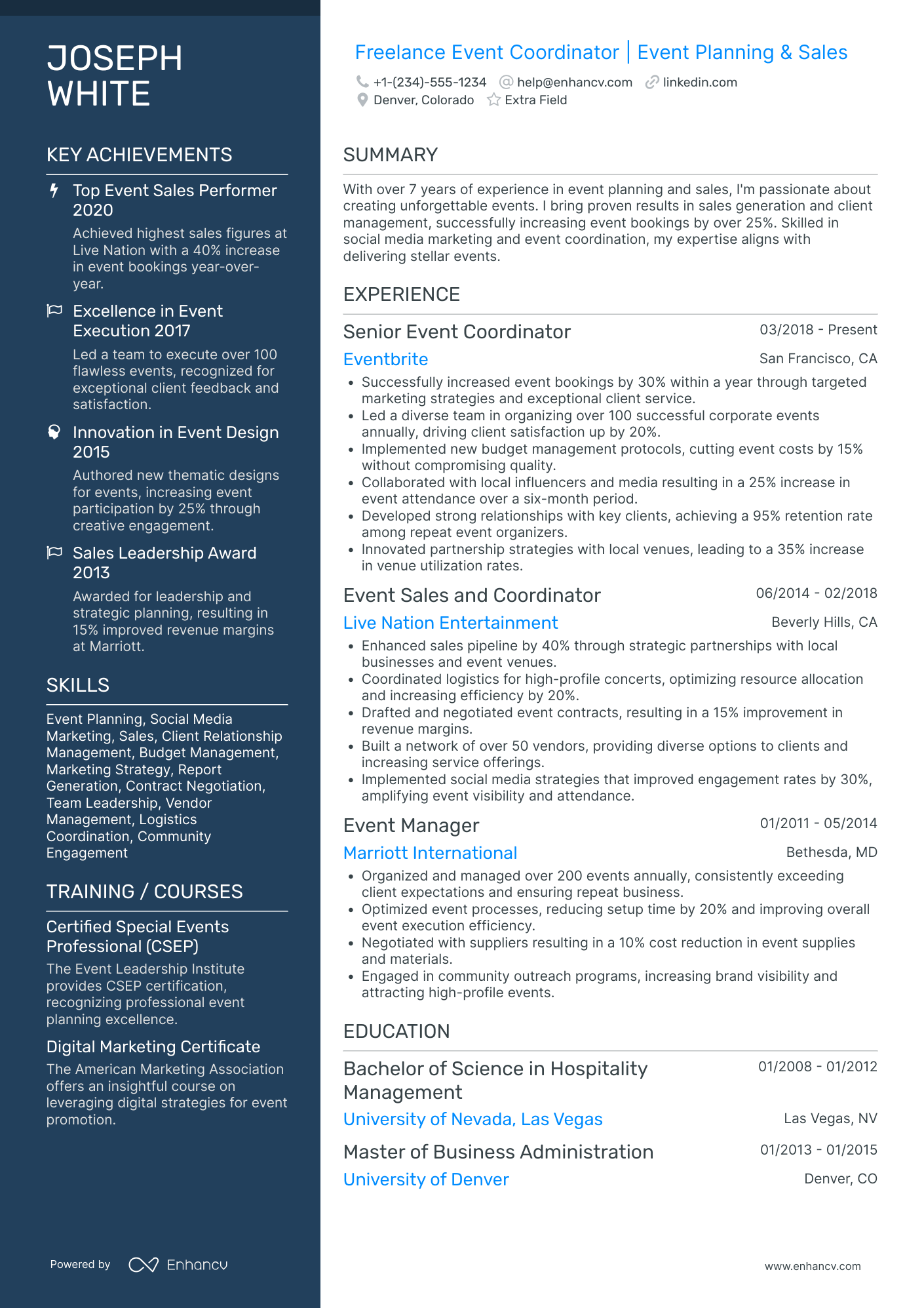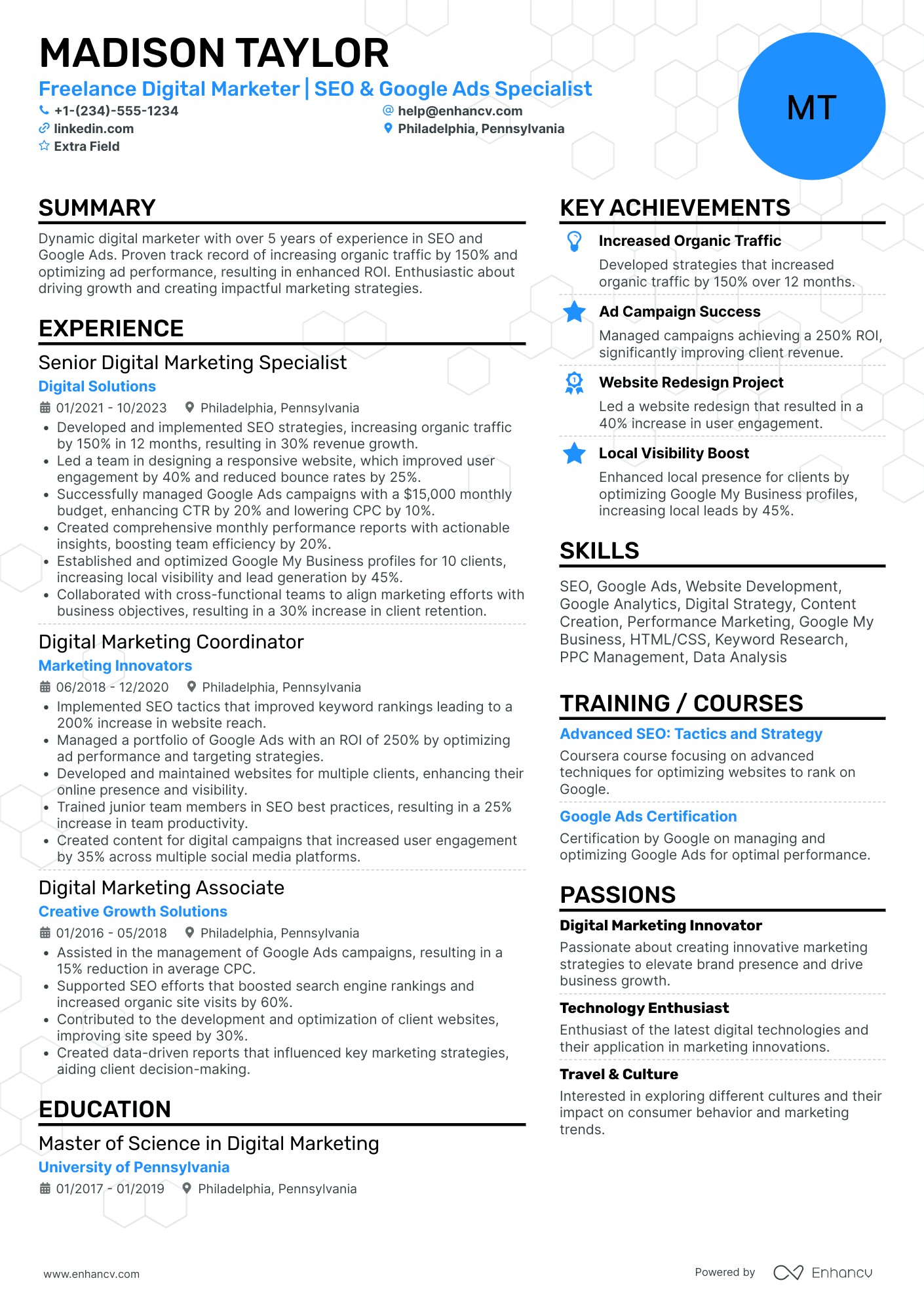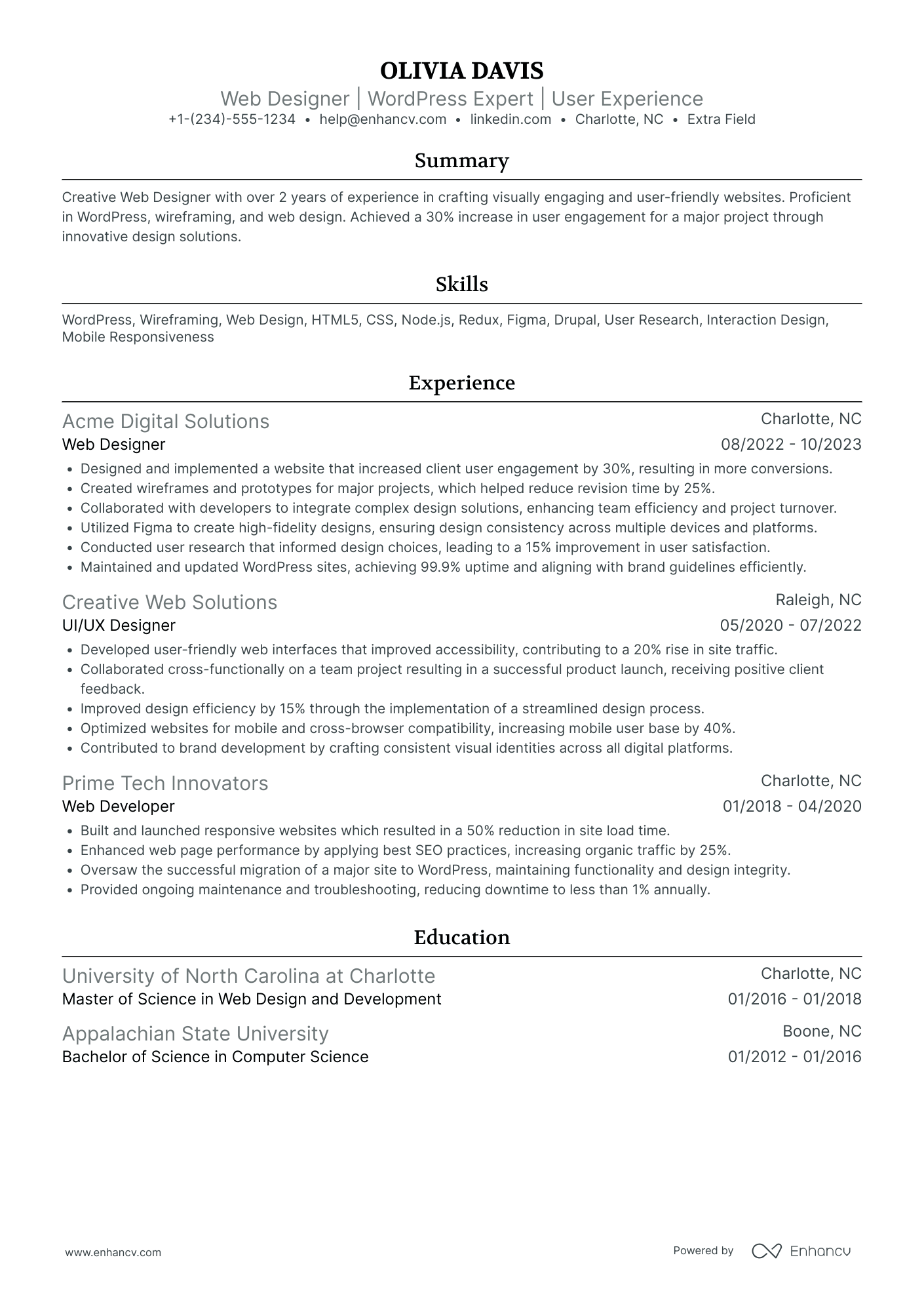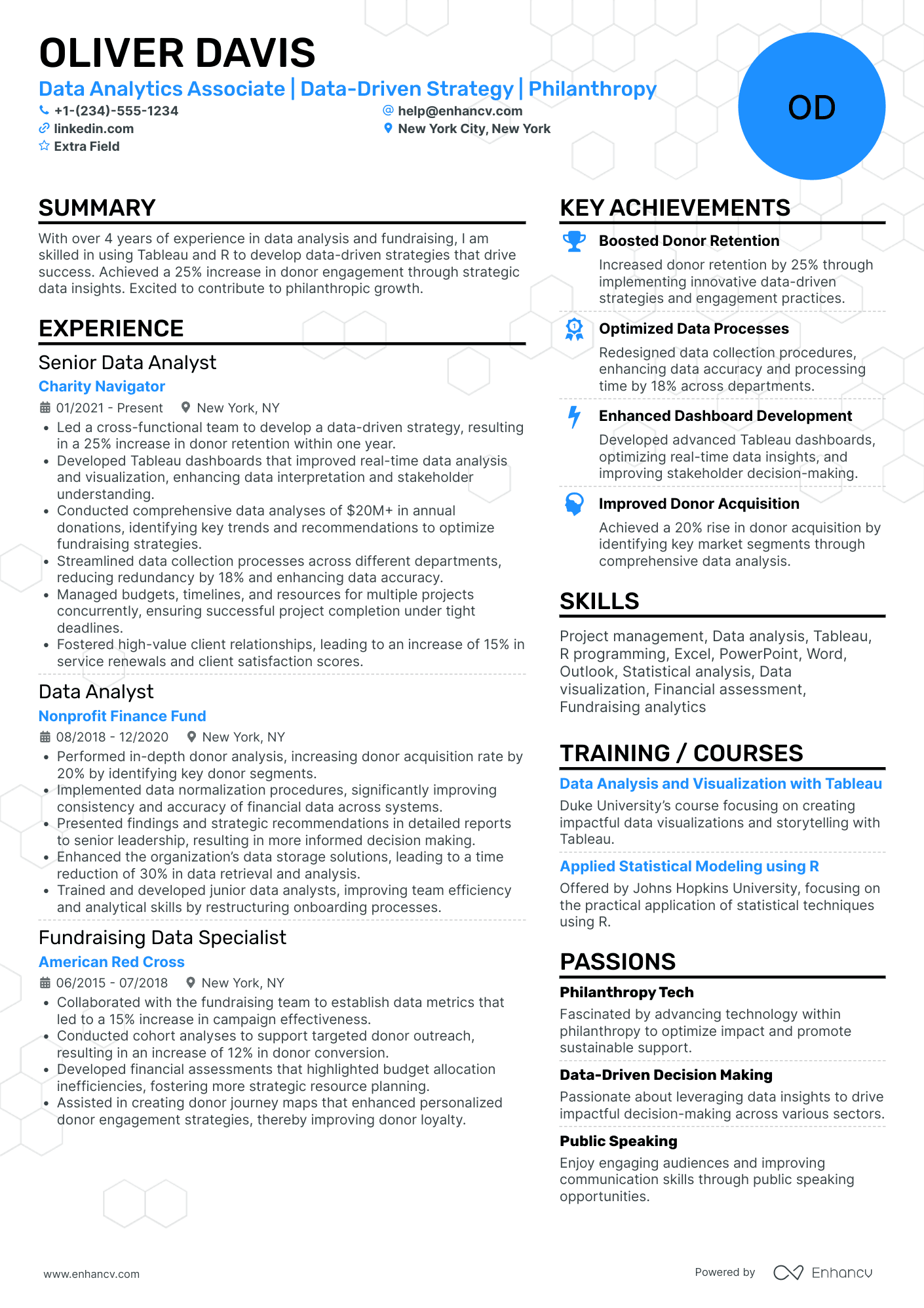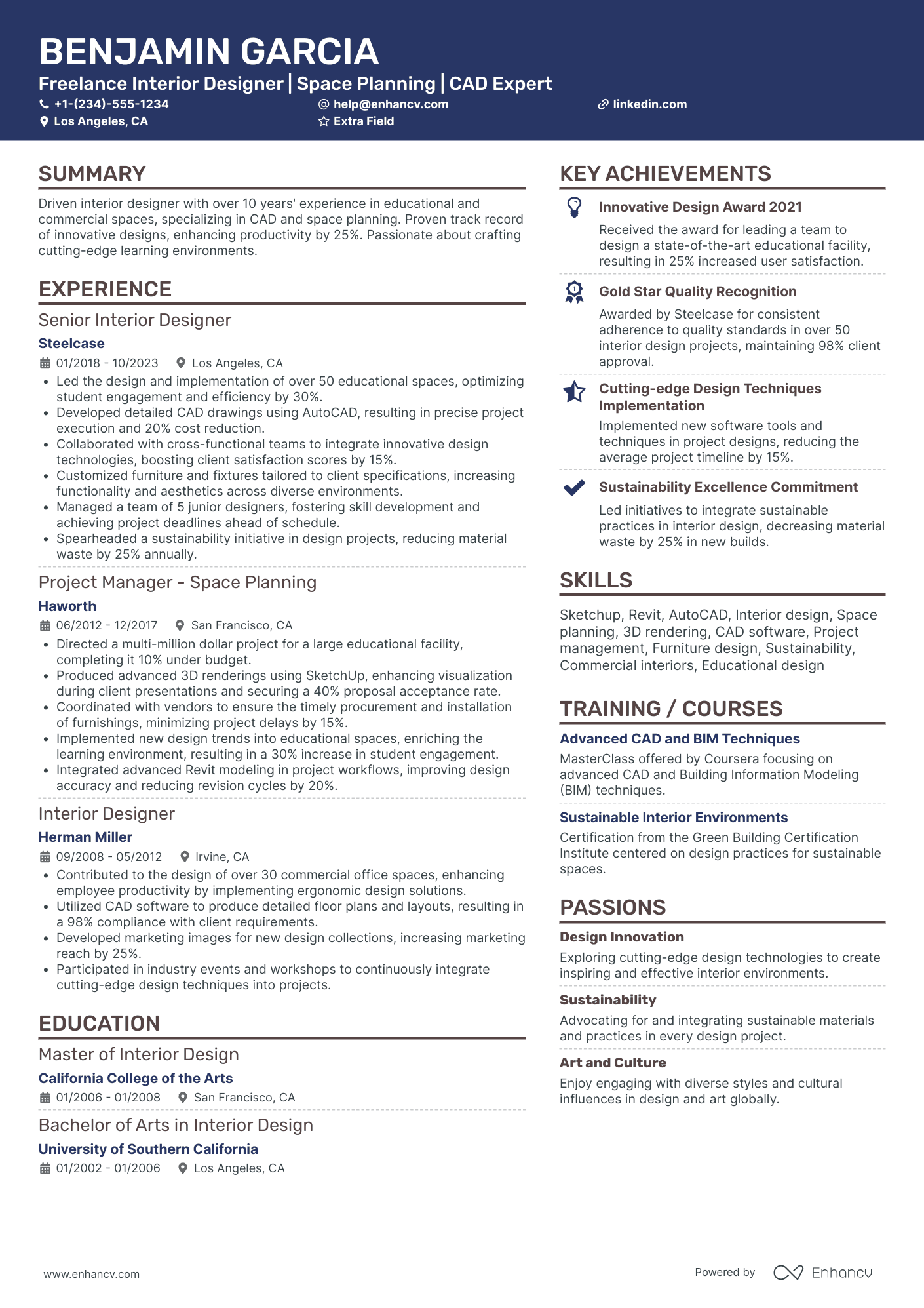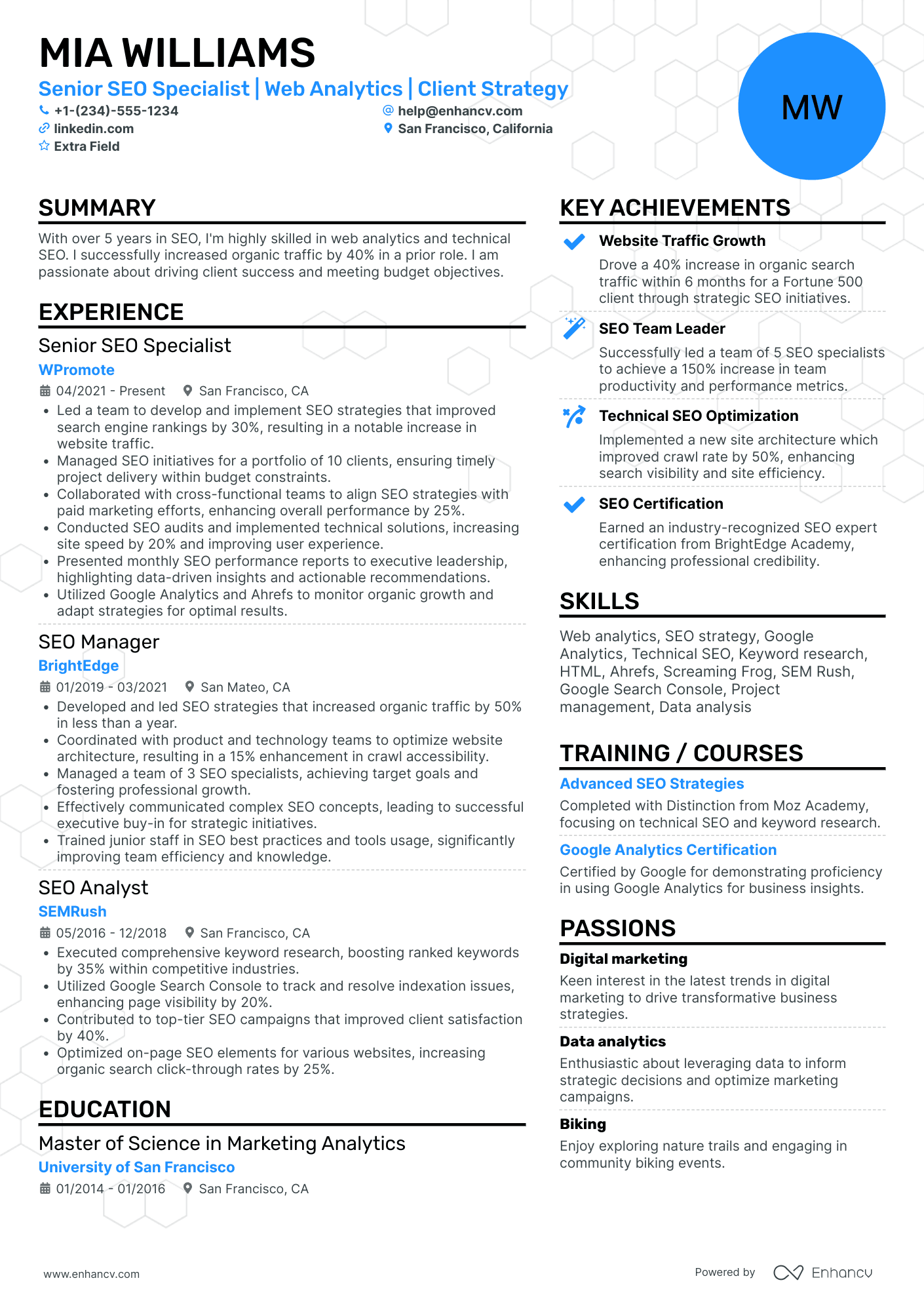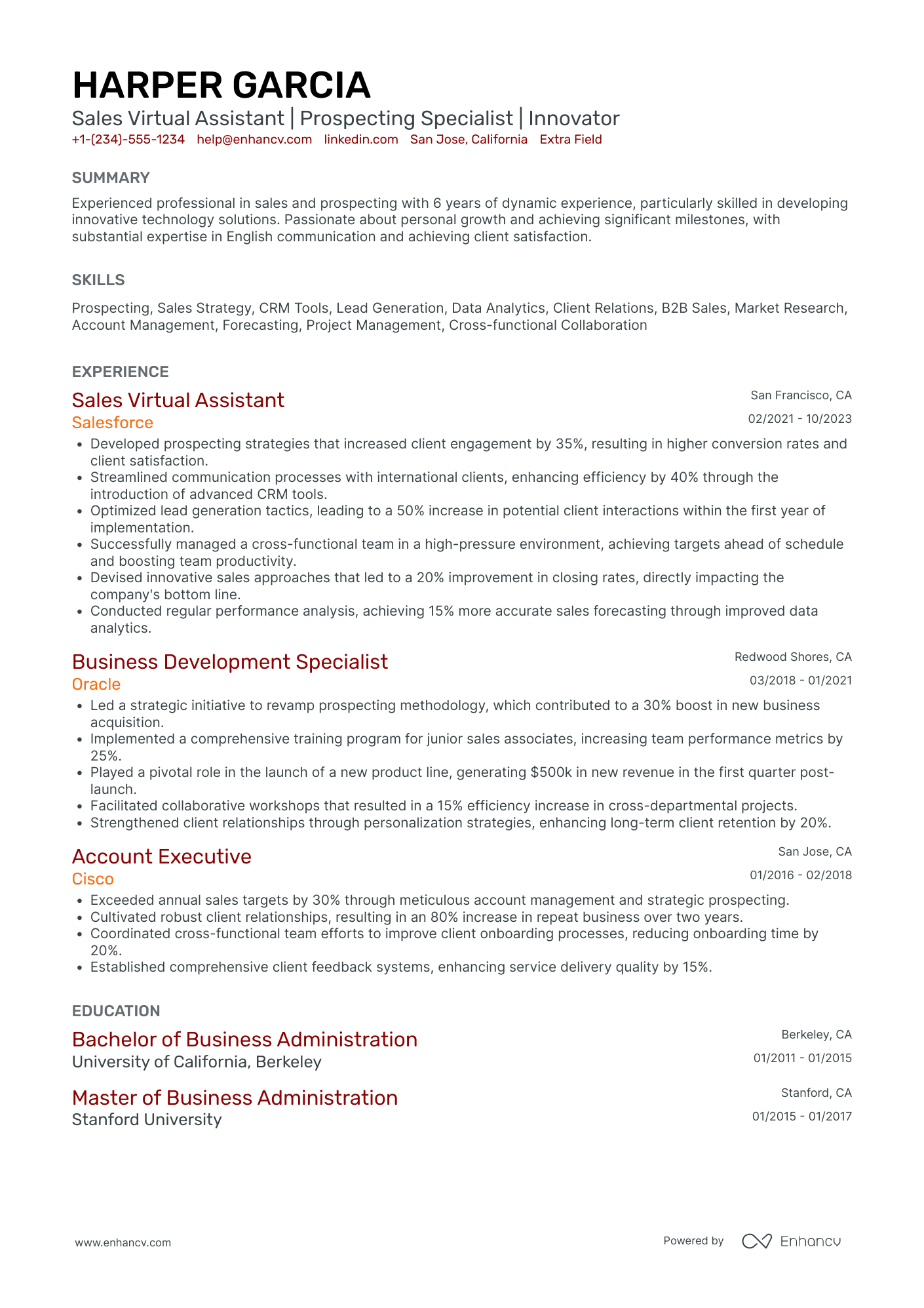Many predicted that the pandemic will lead to a job market crash. Doubts and concerns loomed everywhere.
Did it happen?
Not really.
To be more accurate, it was more of a shift than an actual crash.
Traditional workplaces became increasingly uncertain due to mass layoffs. Almost as uncertain as being self-employed.
As a result, numerous professionals decided to try their hand at freelancing. Оthers picked up their on-the-side career where they left it and carried on.
"Normally, around 10% of freelancers have started freelancing sometime in the last six months. However, at the time of the survey in June-July 2020, 34% had started since the onset of COVID-19 in early March."
Freelance Forward Economics Report, Upwork
This begs the question - if you’re searching for a new job or a project, how do you stand out on your freelancer resume?
Does it look any different from your run-of-the-mill resume? Are there any specifics you need to be aware of?
Absolutely!
And this is what we’re here to help you with.
Here is what you can expect from our complete guide:
- How to choose a format for your freelancer resume when starting from scratch
- Which resume layouts are better suited for clients. And which ones are preferred by recruiters.
- How to display your work even if you’re just doing it on the side
- How to shape your resume so that it doesn’t look scattered
- What other items you can add to supplement your work experience
General rules to follow when building your freelancer resume
You need to lay some groundwork before you start writing. As with any other resume, you have to make sure you know who’s going to read it.
Typically, you will send your resume either to a hiring manager or to the client.
If your target audience is hiring managers - use the standard resume format is the way to go.
But if you’re pitching directly to a potential client, you’re better off sending a service proposal.
Once you have that, your next task is to check if the position is open only to freelancers.
Why does it matter?
Your competition will be different.
There are two cases:
- Anyone can apply - the offered position fits into a traditional company setting. As such, you’re dealing with recruiters, expecting the resume + cover letter combo.
- Freelancers only - the job ad poster is searching for a consultant-type freelancer. Here is where the service proposal is, again, more appropriate.
In the first case, the employer can’t catch up on some of the company’s backlog and needs help clearing it up.
To that end, you will have to fit within the company’s established culture and workflow. Sometimes, these freelance gigs can turn into a long-term job position.
In the second case, the client is searching for a solution to a particular problem. It may not be a recurring issue, so there isn’t a need for a permanent job position offer.
Here is where your role as a consultant is much more valuable. Your best approach will be the service proposal.
Why?
Because it directly addresses how you can solve their problem.
Once you’re certain you’re going with a freelancer resume, it’s time to consider formats and substance.
These depend largely on the type of services you offer and your work experience. If you’re a graphic designer or a web developer, you will also have to update your portfolio.
Let’s go back to the intended reader for a bit.
Recruiters prefer the reverse-chronological format. It’s easier to skim and pick up on important pieces of information.
But, if you’re pitching your skills to a client, use the functional and hybrid layouts.
These templates give you enough space to reference relevant projects. Ultimately, their main purpose is to highlight your extensive set of skills.
Key resume sections for your freelancer resume
- A clean-looking header that displays your contact information and portfolio links
- A resume summary to briefly introduce yourself and pitch your skills
- An experience section to display a customized selection of your freelance work
- A skills segment to highlight a versatile skill set
- Education and Certification section to feature your qualifications
Regardless of the format, always focus your resume around one key point. Even if you don’t follow a traditional career path, show what’s the common denominator of your projects.
The selection you exhibit will inform recruiters and clients what motivates you.
For example, have you started freelancing on the side to develop new skills? Or was it a way to network and keep in touch with the professionals operating in your industry?
Just remember to be concise and relevant to the job posting.
What do hiring managers want to see in your freelancer resume
- Can you solve their problem?
- Do you have the necessary skills?
- Have you done similar projects before? Can you provide client testimonials?
- Can you provide quality work and on time?
- What is your general workflow?
- If you realize your client’s problem lies elsewhere, would you inform them?
In essence, you need to explain why you’re the best fit for your client or potential employer.
Pro tip
Keep track of all your work. It allows you to chronicle your achievements and pick which success stories to share. Tailor your resume to what the position demands.
If you need more inspiration, check out the 23 Creative Resume Examples for 2022.
Dos and don’ts: red flags to avoid in your resume header
You know first impressions are everything. This applies to how you present your contact information on your resume, too.
Similar to how your email signature has to convey the right message, your header needs to do the same job.
Generally, you must include:
- Full job title - combine the service you provide and the freelance nature of your work
- At least two methods of contact
- Links to your LinkedIn profile, online portfolio and/or personal website
2 freelancer Resume Header Examples
Take a look at Tyree’s resume header. Notice anything wrong?
That’s right, it doesn’t look convincing at all.
Imagine if this was Tyree’s business card. Sure, it’s not obligatory to list your location, unless your job requires you to travel.
But, there is no information regarding the type of service he offers. Let alone where to review samples of his work.
A better version of Tyree’s resume header would be:
Now you have everything you need to know about his professional life. It’s not wrong to list a LinkedIn profile on your resume instead of a personal website.
Since Tyree is a freelance magazine writer, it's likely his publications are scattered. But chances are, he’s sharing his work on LinkedIn.
Recruiters can review the quality of his articles and check how he behaves on social media.
By contrast, if Tyree had a personal media outlet, such as a blog or a podcast, he should definitely add a link to that.
What’s next?
How to write a captivating freelancer resume summary
It’s time for your sales pitch.
It’s tempting to use buzzwords. After all, many advertisers use them to sell their clients’ products.
But this is another red flag you need to avoid. Instead, use action verbs and refer to keywords from the job description.
This shows that you’ve considered their offer and you've responded accordingly.
With that said, what makes a resume summary relevant?
Start with your job title and the experience you have.
Make sure you briefly cover your special skills and mention where your work can be reviewed. Unless you’re under an NDA, of course.
If applicable, add association memberships and diplomas and certificates.
Let’s see this in action.
Optimize your resume summary and objective for ATS
Drop your resume here or choose a file.
PDF & DOCX only. Max 2MB file size.
2 freelancer resume summary examples
Naturally, we’ll begin with what not to do when writing your sales pitch:
Despite not having any buzzwords, this resume summary doesn’t say much.
The individual brags about writing for celebrity and fashion magazines. Yet, no particular brands or issues have been revealed.
Also, this is someone who’s been in the industry for 10 years. How come there is this glaring lack of achievements and awards.
This is no sales pitch by any means.
Take a look at another resume summary:
This one looks more plausible because:
- You know the scope of the work the individual does
- Association memberships mean the individual adheres to certain industry standards
- There are plenty of verifiable prizes and awards listed in the summary
Huge difference, right?
How to describe your work experience on your freelancer resume
This is the section which stumps many freelancers. How can you explain what you do, if you serve different clients?
Easy!
There are two ways to go about this issue:
- If your projects are long-term, divide the entries on a case by case basis
- If your work is scattered, separate your entries by the type of service you provide
What about the name of the company?
Well, in the first case, you can include the name of your client. Again, unless you’re under a strict NDA.
In the second case, list the company name under which you offer your services.
All that is left to do is to detail all the awesome results you have provided over the years.
Remember, numbers speak volumes.
2 freelancer resume experience examples
Have a look at the following sample:
- •Published many articles in various high-profile magazines
- •Negotiated and won book contracts
- •Increased magazine readership
Tyree has decided to use the second approach.
His work is listed under TJ Publishing Ltd., which is probably his personal company.
So far, so good.
But, there is an overwhelming lack of results.
Supposedly, Tyree hasn’t had any accomplishments in the last six year. On top of that, he doesn’t take much pride in his own company.
This is the time to brag and name drop.
Let’s revise it:
- •Published over 2000+ articles and editorials for Elle, Vogue, Harper's Bazaar, Cosmopolitan and Vanity Fair.
- •Achieved and maintained 13% increase in readership across all our clients five years in a row.
- •Negotiated and won contracts for the autobiographies of 4 A-list and 5 B-list celebrities, which resulted in securing exclusive rights to additional 15 books.
- •Provide internships and guidance to students, studying at the E.W. Scripps School of Journalism, Ohio University.
Now this is how you name drop. Anyone who’s anyone in the fashion realm knows about Elle and Vogue. And writing so many articles for them means that Tyree knows his stuff.
Moreover, he has featured his book deal wins. All without divulging the names of the celebrities. An excellent way to talk about your work and abide by your NDAs.
Finally, Tyree is not a stranger to volunteer work and mentoring. This means he not only has the patience to help students, but empathize with his clients.
What skills are hiring managers looking for in your freelancer resume?
A rather painful topic, especially for beginner freelancers. As many articles and career gurus will tell you - it depends.
And they are not wrong.
You wouldn’t expect a tailor to know how to build websites, would you?
That’s why there is no such thing as a mandatory skill set for freelancers. You can always develop new talents and brush up on old ones.
It’s more important you know how to sell the skills you do have. Above all, you must balance them out. Explain how they can benefit your client or potential employer.
How to showcase your technical abilities on your freelance resume
These are easy to verify. You either have a certificate or a portfolio to display your level of proficiency.
Make sure everything you provide is up to date before referencing outside sources.
Keep yourself informed on industry standards and always upskill when possible.
You can find some of the trendiest skills in the table below. But this is by no means an exhaustive list.
Popular technical skills for your freelancer resume
- Python
- JavaScript
- Java
- MySQL
- React
- HTML
- CSS
- Git
- SEO
- Google Analytics
- Adobe Photoshop
- Adobe Lightroom
- Bash Shell Scripting
- Cloud automation (Azure and AWS)
- CI/CD tooling
- System administration
- Kotlin
- Spring Boot
- Front-end development
- Data science
- Machine learning
- Web development
- Backend development
- Writing
- Graphic design
- Social media management
- Animations / video creation
- Digital marketing
- Project management
- Time management
- Trello
- Asana
- Jira
- Monday
- Indy
- Forest
- Notion
- Sales skills
How to advertise your soft skills without sounding fake
Imposter syndrome is an all too familiar feeling to freelancers. But there is a way you can talk about your social skills without feeling you come off as fraudulent.
How?
Every action has consequences. So, lead with results and accomplishments.
Take a look at the following examples:
Observe how your actions affect your work. Clients and employers take notice of your professional conduct.
Take the last entry from the examples list. You probably thought there is no way to measure compassion. Yet, empathy and understanding have led to exclusive book deals.
Top soft skills to have on your freelancer resume
- Communication
- Detail-oriented
- Honesty
- Adaptability
- Positive attitude
- Thrive under pressure
- Critical thinking
- Perceptiveness
- Dependability
- Customer service
- Risk assessment
- Leadership
- Flexibility
- Developing solutions
- Decision-making
- Time management
- Project management
- Creativity
- Resourcefulness
- Personable
- Compassion
- Empathy
- Teamwork
- Explanation skills
- Analytical skills
- Multitasking
Do you need specific education or certificates on your resume?
The dreaded answer - it depends.
Each industry has its own standards and requirements. Don’t forget to stay informed of any new business developments.
More notably, review the job ad or client offer to see if they require any training in particular.
There are some who demand you have certain licenses before you work together.
What other extras can you add on your freelancer resume?
Is there anything else you can attach? Of course!
You may be tired to read this once again. But this one relies on what is considered essential in your business niche, too.
Some of these sections include:
- Language skills
- Hobbies and interests
- Other side projects
- Volunteer work
- Highlights
- References
- Client Testimonials
- Awards
- Publications
- A day in my life
Key takeaways: vital tips to keep in mind at all times
- Research who posted the job offer and who it is intended for
- Determine whether a freelancer resume or a service proposal is the best approach
- Choose a reverse-chronological format, if you're sending your resume to a recruiter
- Opt for a functional or a hybrid layout, if you're contacting a client directly
- Focus your resume around one topic - skills building, customer pool expansion, networking
- Tailor each section in your resume according to the job ad
- Keep your certifications and portfolio up to date
- Maintain a projects journal so you can easily pick and choose which projects to share
- Be mindful of your NDAs before you discuss your past projects
Freelancer resume examples
By Role
